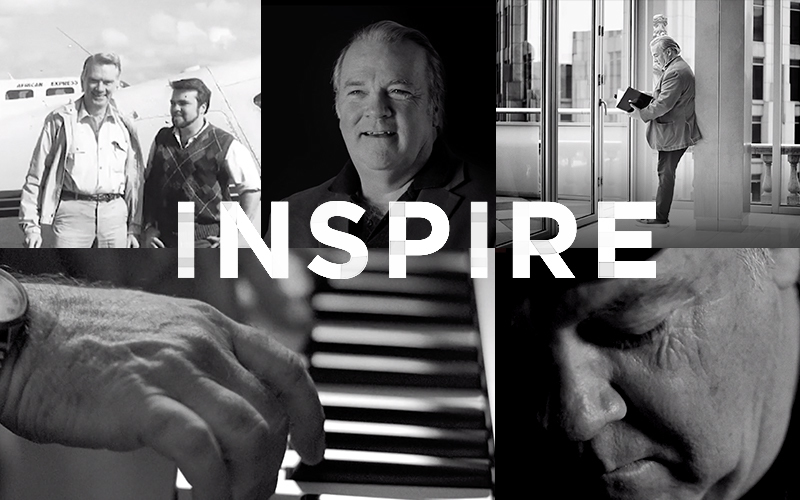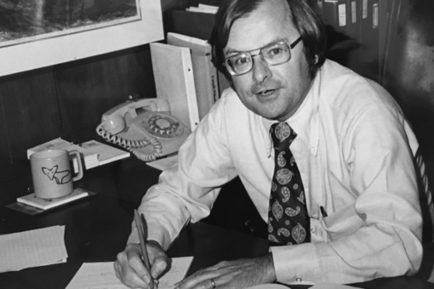Inspiration
Welcome back to the Inspire series, launched in 2018 as a way to tell stories behind the talent at Wray Ward. We are excited to bring Inspire back in 2021, this time venturing beyond our walls to capture intimate portraits of people whose passion and influence are shaping the home and building category.
In our first installment, we covered Erin Gallagher, chief of insights at the Research Institute for Cooking & Kitchen Intelligence (RICKI). This time, meet Susan Robertson, a world-renowned creative thinking expert and innovation strategist. With more than 20 years of experience in both academic and corporate roles, Susan empowers teams and organizations to more nimbly adapt to change by transforming thinking from “why we can’t” to “how might we?”
As an instructor on innovation and applied creativity at Harvard, Susan brings a scientific foundation to the application and development of human creativity. Susan’s practical approach to innovation has been embraced by dozens of the world’s largest brands including Clorox, Georgia-Pacific, HGTV, P&G, Kellogg’s, Pepsico, Bank of America, Novartis, AstraZeneca, Wells Fargo, Marriott and Chase.
Susan is also a member of The Cul-de-Sac, Wray Ward’s advisory panel dedicated to the home and building category. In this role, Susan adds to the collective brainpower and experience of respected industry thought leaders.
We’re glad to have Susan on the extended Wray Ward team, and we jumped at the opportunity to speak with her about how innovative thinking drives success.
Q: What is innovative thinking? Is it different from daily human thought?
A: Innovative thinking means approaching situations in a way that encourages adaptability. To do this, we must train our brains to overcome our innate cognitive biases. Cognitive biases are mental shortcuts that we use for problem-solving and decision-making. To be clear, cognitive biases are NOT individual or personal biases (meaning these are NOT the same as the personal biases that affect diversity and equality). Cognitive biases are a neuroscience phenomenon that all humans share. It’s also important to understand that they operate subconsciously, affecting our thinking in ways we don’t realize.
You see, humans have two different thinking systems, commonly known as System 1 and System 2, sometimes referred to as thinking fast (1) and thinking slow (2).


